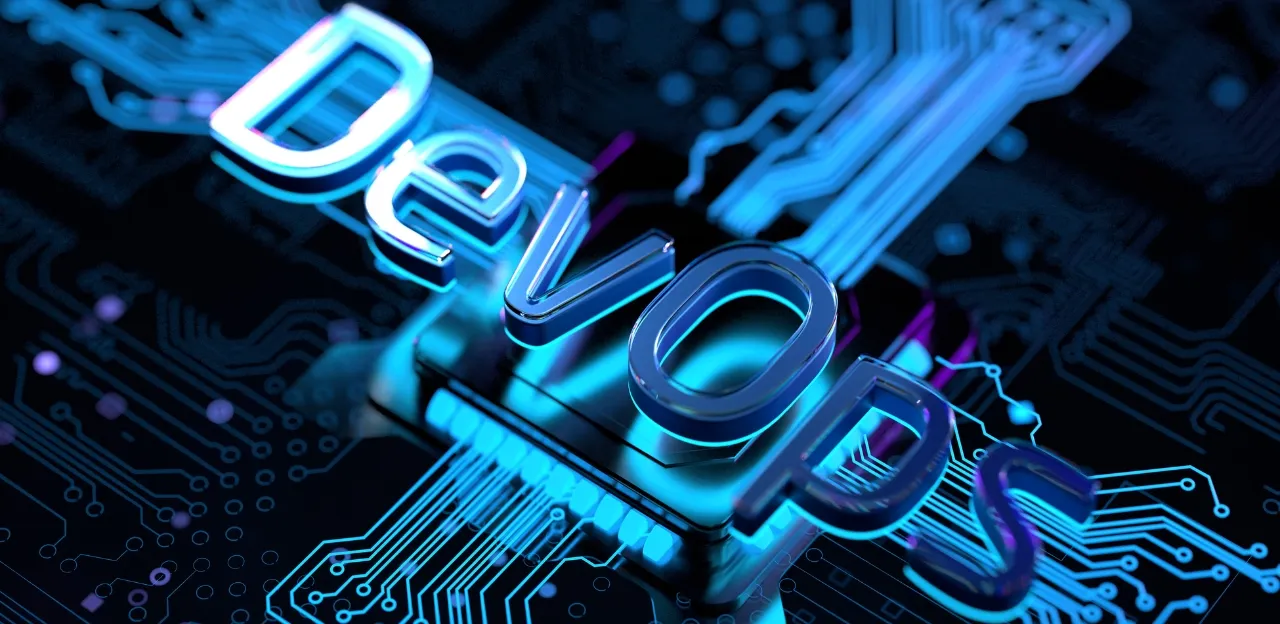DevSecOps 2025: Embedding Security into Every Stage of the CI/CD Pipeline
In the digital world, speed and security often seem at odds. Businesses want to roll out new features fast, but they also need to keep their systems safe. DevSecOps is here to bridge that gap by weaving security practices into every step of software development and delivery. As we move closer to 2025, it is not enough to think of security as a final check before release. Instead, security must be part of each phase, from planning and coding to testing and deployment. In this blog, we will explore why DevSecOps is crucial for modern organizations, how it will evolve by 2025, and what best practices you can use to ensure a smooth and secure CI/CD pipeline.
Why DevSecOps Is Crucial
Growing Threat Landscape
Cyberattacks are on the rise, and hackers keep finding new ways to exploit weaknesses in software. By integrating security early, you lower the chances of a breach.
Regulatory Requirements
Regulations like GDPR, CCPA, and others demand higher levels of data protection. DevSecOps helps you meet these rules without slowing down your releases.
Cost Savings
Fixing security flaws late in the development cycle can be expensive. Early detection through DevSecOps saves money and avoids potential legal issues.
Improved Collaboration
When security, development, and operations teams work together, miscommunication is reduced. This synergy leads to better outcomes and fewer last-minute surprises.
Customer Confidence
Users trust companies that protect their data. Making security a priority increases customer loyalty and protects your brand image.
The Evolution of DevSecOps by 2025
DevSecOps is not just a buzzword; it is a framework that continues to evolve. By 2025, we can expect more advanced automation, tighter cloud integrations, and greater reliance on Artificial Intelligence (AI) to spot security threats. Tools will become more seamless and intelligent, offering real-time risk scores for code commits and automated patching of known issues. Security scanning will shift from a weekly or daily process to a near-constant background activity. As a result, developers will spend less time dealing with manual security tasks and more time writing code that meets high security standards from the start. This evolution promises to make DevSecOps more user-friendly, but also requires organizations to stay current on the latest tools, processes, and best practices.
Embedding Security in Each Stage of the CI/CD Pipeline
Planning and Requirements
- Define clear security goals.
- Engage security teams early to identify potential risks.
- Include compliance requirements in the project plan.
Coding and Commit
- Use secure coding guidelines and static analysis tools.
- Educate developers on common vulnerabilities like SQL injection or cross-site scripting.
- Automate code scanning to catch issues as soon as code is committed.
Build and Integration
- Apply container scanning if using Docker or other container technologies.
- Use a build pipeline that includes security checks such as dependency analysis.
- Set up automated alerts for any detected vulnerabilities.
Testing and Quality Assurance
- Incorporate dynamic and interactive security tests.
- Conduct regular penetration tests on staging environments.
- Use real-time dashboards to track and prioritize issues.
Deployment and Release
- Implement strict role-based access controls for production environments.
- Deploy apps using secure infrastructure as code (IaC) practices.
- Run final checks on configuration and network settings to ensure compliance.
Monitoring and Feedback
- Set up continuous monitoring tools that alert teams to suspicious activity.
- Use logging and tracing to track system behavior in real time.
- Feed insights back to development teams to fix recurring issues.
The Human Factor
Technology alone cannot guarantee security. People still play a key role in DevSecOps. Developers need education about secure coding and best practices for handling data. Operations teams must understand how to manage secure infrastructure, while security experts should guide the entire process to make sure policies are followed correctly. Encouraging a culture where everyone takes ownership of security is essential. This means developers do not just rely on a security checklist at the end; they think about security from the start. Clear communication and shared accountability help avoid finger-pointing when something goes wrong.
Best Practices for a Strong DevSecOps Culture
- Shift Left: Move security checks and reviews to the earliest stages of development. The sooner you find and fix problems, the less it will cost in time and resources.
- Automate Wherever Possible: Manual checks can be prone to human error and can slow down your pipeline. Automate scanning, testing, and alerts to keep things running smoothly.
- Keep Dependencies Up to Date: Many security breaches exploit outdated libraries or frameworks. Regularly scan for known vulnerabilities and update as soon as possible.
- Practice the Principle of Least Privilege: Give each user or service only the minimum access rights needed. This way, if there is a breach, the damage is limited.
- Encourage Continuous Learning: Security trends change quickly. Offer regular training to keep your team informed about new threats and best practices.
Leveraging AI and Machine Learning
By 2025, AI and Machine Learning (ML) will be even more deeply woven into DevSecOps pipelines. Tools powered by ML can analyze patterns in code repositories, spot unusual behavior, and alert teams to possible security threats before they become critical. For instance, an AI system could flag suspicious database queries or detect that a developer is suddenly pushing code at unusual times. While these tools are not a substitute for human judgment, they can help teams catch issues much faster. As AI becomes easier to integrate, it will likely become a mainstay in DevSecOps solutions, making it possible to maintain security at scale.
Common Pitfalls and How to Avoid Them
- Overreliance on Tools: Automated scanners and AI-driven solutions are essential, but do not overlook the need for human review. Tools can miss certain logic flaws or business-specific vulnerabilities.
- Incomplete Documentation: Clear documentation of security steps ensures teams do not miss crucial tasks. Keep process documents up to date and accessible.
- Ignoring Cultural Shift: DevSecOps is not just a technical change—it is a cultural one. Failing to align team goals and reward secure behaviors can cause friction.
- Lack of Clear Metrics: If you do not track how well your security measures are working, you cannot improve them. Define Key Performance Indicators (KPIs) like mean time to detect (MTTD) or mean time to repair (MTTR).
- Neglecting Post-Deployment Checks: Security does not end after deployment. Continue to monitor logs, apply patches, and test your live systems to keep everything secure over time.
Future Trends in DevSecOps
Security will become more data-driven, using analytics from thousands of code repositories and logs to anticipate attacks before they happen. We can also expect more advanced collaboration tools that will unify communication across development, security, and operations teams. Cloud providers will likely continue enhancing their built-in security services, allowing for deeper integration with DevSecOps pipelines. Zero-trust architectures—where every request is verified and authenticated—will become the norm for modern applications. As these trends develop, organizations that lag behind in adopting DevSecOps risk being targeted by cybercriminals who prey on older, less secure systems.
Conclusion
DevSecOps is the future of software development, ensuring that security becomes a shared responsibility rather than a last-minute chore. By 2025, we will see a new wave of tools, cultural shifts, and automated processes that make it easier to keep software safe at every stage. Embracing DevSecOps today means you will be better prepared to face tomorrow’s threats, keep your users’ trust, and comply with growing regulations. At Vtricks Technologies, we specialize in helping businesses adopt cutting-edge practices that merge development, security, and operations into a single, streamlined pipeline. Whether you are just starting your DevSecOps journey or looking to refine an existing process, our experts can guide you every step of the way. If you aspire to become a full-stack developer skilled in both code creation and secure deployment, reach out to us for personalized training and support. We also offer a comprehensive DevOps course in Bangalore to help you develop the skills needed for the future of software development and security. Let us help you build a future-ready approach that keeps your data protected and your applications running smoothly.





